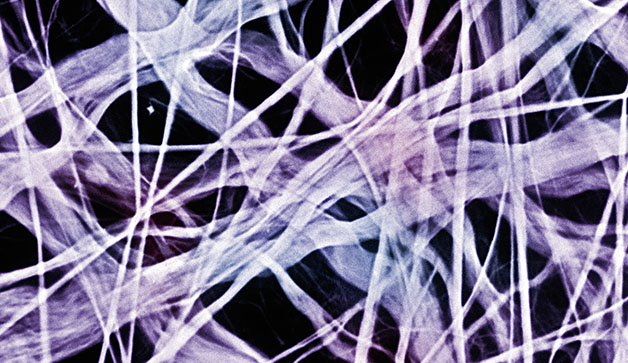Traditional methods to detect and purify poly-ubiquitinated proteins require either anti-ubiquitin antibodies or Ubiquitin Binding Associated domains (UBAs). Most of the current methods display rather low affinity for Ubiquitin (UBL) and show only little (if any) specificity for specific ubiquitin linkages (e.g. K63 or K48). To overcome these hurdles, Tandem Ubiquitin Binding Entities (TUBEs) have been designed.

Developed by LifeSensors, TUBEs are essentially tandem UBAs as displayed in Fig. 1. Their nanomolar affinity for poly-ubiquitinated proteins allows the efficient isolation and identification of ubiquitinated proteins from cells, tissues and organs.

TUBEs also protect proteins from both deubiquitination and proteasome-mediated degradation, even in the absence of inhibitors normally required to block such activity.
TUBEs against linear ubiquitin chains for multiple applications in protein biology
These unique tools are able to detect linearly linked ubiquitin chains rather than ubiquitins linked through isopeptide bonds. Linear polyubiquitination represents an atypical post-translational modification, which is catalyzed by the enzyme complex LUBAC (Linear-Ubiquitin-Chain Assembly Complex). This complex plays a major role in regulating NF-kB dependent signaling in response to activation of Toll-like receptor 4 (1, 2).
To accelerate research in this field, a series of TUBEs highly selective for linear polyubiquitin chains have been designed:
These unique UBL detection tools can be used for:
- detection of M1 (Linear) polyubiquitinated proteins by ligand (far Western) blotting
- identification of the polyubiquitin linkage-type of your protein of interest
- inhibition of M1 Linkage-dependent processes in lysates
- purification of linear polyubiquitinated proteins from cell and tissue lysates using avidin support
- in situ labeling for detection of linear polyubiquitinated proteins by histochemistry
The anti-M1 TUBEs exhibits high affinity and selectivity for linear polyubiquitin chains with little or no reactivity for K63- or K48-linked chains as seen in Fig. 2 and 3.
Additional TUBEs references and possible applications
- Affinity tagged TUBEs (linked to either GST-, HIS-, or FLAG-tags) to identify and characterize polyubiquitinated proteins
- Agarose-coupled TUBEs for “one-step” pull down assays of polyubiquitinated proteins
- Biotin-coupled TUBEs to detect polyubiquitinated proteins by ligand blotting (“far western blotting”)
- HRP-coupled TUBEs for in situ labeling during detection of poly-ubiquitin by histochemistry and for the detection of poly-ubiquitinated proteins by ligand blotting
- Fluorescent TUBEs to visualize poly-ubiquitinated proteins by fluorescence microscopy
- K63-speficic TUBEs for highly sensitive detection of K63 poly-ubiquitinated chains (100 to 1000-fold weaker affinity for chains linked through K48 or K11)
- K48-specific TUBEs to isolate, enrich, and identify ubiquitinated proteins from cells, tissues, and organs (anti-K48 TUBE affinity for K48 linked tetra-ubiquitin is 50-fold higher than its affinity for K63- linked tetra-ubiquitin).
Interested in TUBEs against linear ubiquitin chains – or any other tools to detect ubiquitinated proteins?
Get in touch through the form below and subscribe to tebu-bio’s thematic e-Newsletters to stay up to date!
Sources:
- Rieser E. et al. (2013), Linear ubiquitination: a newly discovered regulator of cell signalling, Trends in Biochemical Sciences 38, 2, p 94–102.
- Bowman J. et al. (2015), Posttranslational Modification of HOIP Blocks Toll-Like Receptor 4-Mediated Linear-Ubiquitin-Chain Formation, mBio 6.6, e01777-15.





One Response
Could it be that the link to “Fluorescent TUBEs to visualize poly-ubiquitinated proteins by fluorescence microscopy” isn’t working?